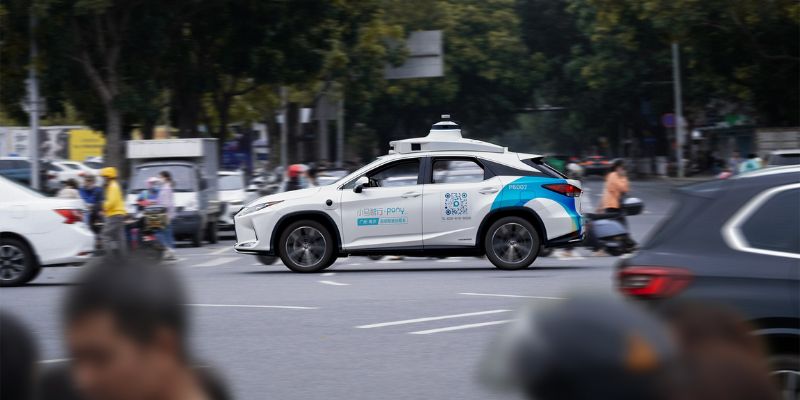Pony.ai has taken a groundbreaking step in autonomous driving by launching around-the-clock robotaxi operations in Guangzhou and Shenzhen, two key economic hubs in southern China. This development extends its previous daily service window from 15 hours to a full 24/7 availability, marking a significant milestone in the company’s expansion and its commitment to revolutionizing urban transportation. Simultaneously, Pony.ai has also expanded its robotaxi testing hours in Beijing to operate continuously throughout the day and night, underscoring its dedication to robust, real-world validation.
Proven Safety and Extensive Testing Across Diverse Conditions
Backed by a formidable track record, Pony.ai’s autonomous driving system—dubbed the “virtual driver”—has completed over 50 million kilometers of global autonomous testing and accrued more than 500,000 hours of driverless operation. Internal data reveals that the system’s safety performance is up to ten times safer than that of human drivers, reflecting exceptional reliability.
This vast experience spans a wide range of scenarios, from daytime city congestion to the unique challenges of nighttime driving, which tests the system’s ability to detect pedestrians in low light and cope with adverse weather or poor visibility.
Cutting-Edge Multi-Sensor Fusion for Real-Time Perception
Central to Pony.ai’s technological edge is its sophisticated multi-sensor fusion architecture, which integrates:
128-beam LiDAR for precise distance measurement and object detection,
8-megapixel high-resolution cameras that capture detailed visual information, and
4D imaging millimeter-wave radar offering robust detection capabilities unaffected by lighting conditions.
Together, these sensors provide comprehensive 360-degree perception with a range of up to 650 meters, ensuring the robotaxi fleet can operate safely and efficiently around the clock—even in challenging environments such as dark or poorly lit streets.
Strategic Expansion and Future Prospects
Pony.ai currently operates its seventh-generation robotaxi fleet across four major Chinese cities—Beijing, Shanghai, Guangzhou, and Shenzhen—and sees this 24/7 operation as a critical step toward full commercial scaling. By enhancing service availability during late-night and early-morning hours, Pony.ai addresses transportation gaps when traditional ride-hailing options and public transit are limited, catering to an underserved market segment.
The company’s advanced autonomous system has also made significant strides in cost reduction, achieving a 70% decrease in bill-of-materials cost compared to earlier versions, positioning Pony.ai on a path to profitability with plans to grow its fleet to over 1,000 vehicles by 2026. Beyond China, Pony.ai is actively pursuing international collaborations, including partnerships with industry leaders like Toyota, and preparing robotaxi deployments in markets such as the Middle East and South Korea.
By blending extensive real-world testing, advanced sensor technology, and an expanding operational footprint, Pony.ai is setting new benchmarks for safe, reliable, and accessible autonomous mobility, leading the charge toward a future where robotaxis are an integral part of urban transportation ecosystems.














